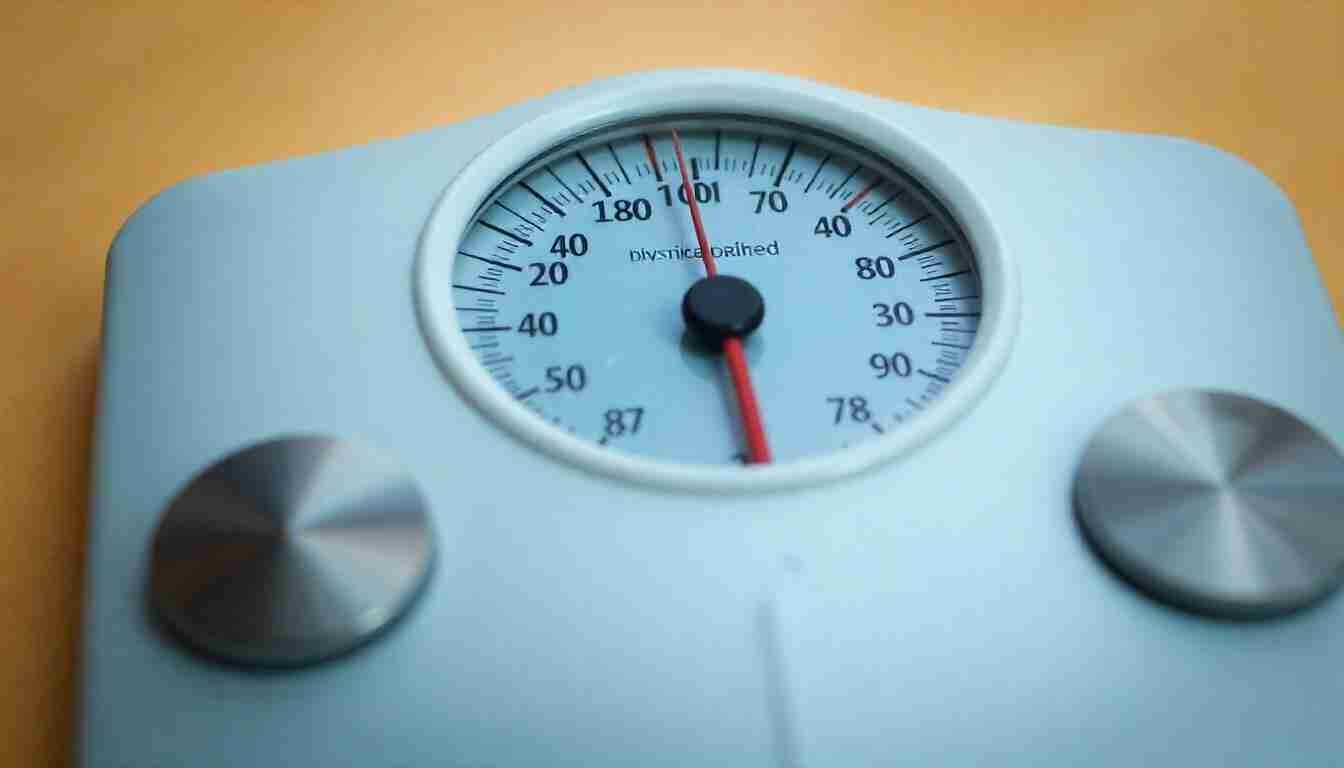
Weight Converter: Kilograms, Pounds, and Other Units
Understanding the Basics of Weight Conversion
Weight is a measure of the force exerted on an object due to gravity. It is often confused with mass, which is the amount of matter in an object. While mass remains constant regardless of location, weight can change depending on the gravitational pull.
Different units are used to measure weight around the world. The most common ones include kilograms (kg), pounds (lb), grams (g), and ounces (oz). Converting between these units is essential in various fields, from everyday life to scientific research and international trade.
Kilograms and Pounds: The Most Widely Used Units
Kilograms and pounds are the two most widely used units of weight globally. Kilograms are the base unit of mass in the International System of Units (SI), the modern form of the metric system. Pounds, on the other hand, are commonly used in the United States, the United Kingdom, and some other countries.
The relationship between kilograms and pounds is as follows:
- 1 kilogram (kg) = 2.20462 pounds (lb)
- 1 pound (lb) = 0.453592 kilograms (kg)
Other Common Units of Weight
Besides kilograms and pounds, several other units are used to measure weight, including:
- Grams (g): A unit of mass in the metric system, where 1 kilogram is equal to 1000 grams.
- Ounces (oz): A unit of weight in the imperial system, where 1 pound is equal to 16 ounces.
- Stones (st): A unit of weight primarily used in the United Kingdom and Ireland, where 1 stone is equal to 14 pounds.
How to Convert Between Different Weight Units
Converting between different weight units can be done using various methods:
- Manual Calculation: Using the conversion factors mentioned earlier, you can manually calculate the equivalent weight in another unit. For example, to convert 5 kilograms to pounds, you would multiply 5 by 2.20462, resulting in 11.0231 pounds.
- Online Converters: Several online weight converters are available that can quickly and accurately convert between different units. These converters often include a wide range of units, making them a convenient option for various conversion needs.
- Conversion Charts: Conversion charts provide a visual representation of the relationship between different units. These charts can be helpful for quick reference and understanding the relative sizes of different units.
Weight Converter: https://toolsbing.com/weight-converter
Practical Applications of Weight Conversion
Weight conversion is essential in various practical applications, including:
- Cooking and Baking: Recipes often use different units of weight depending on the origin or style of the dish. Converting between units ensures accurate measurements and successful cooking outcomes.
- Healthcare: Medical professionals use weight measurements to assess patients' health, prescribe medications, and monitor progress. Accurate weight conversion is crucial for patient safety and effective treatment.
- International Trade: Goods shipped across borders often have weight listed in different units. Converting between units ensures accurate customs declarations, shipping costs, and compliance with regulations.
- Scientific Research: Scientists use weight measurements in various experiments and studies. Converting between units ensures consistency and comparability of data across different research projects.
Tips for Accurate Weight Conversion
- Use Reliable Sources: When using conversion factors or online converters, ensure they are from reliable sources to avoid errors.
- Pay Attention to Significant Figures: When performing manual calculations, round off the final answer to the appropriate number of significant figures to maintain accuracy.
- Be Mindful of the Context: Consider the context of the conversion to ensure you are using the appropriate units and conversion factors.
Conclusion
Weight conversion is a fundamental skill with numerous practical applications in various fields. Understanding the relationship between different units and using accurate conversion methods ensures consistency, accuracy, and effective communication in diverse settings. Whether you are cooking, traveling, or conducting scientific research, knowing how to convert between weight units is an essential tool for success.
External Links:
- National Institute of Standards and Technology (NIST): https://www.nist.gov/pml/weights-and-measures/metric-si/si-units
- ConvertUnits.com: https://www.convertunits.com/
- RapidTables: https://www.rapidtables.com/convert/weight/index.html